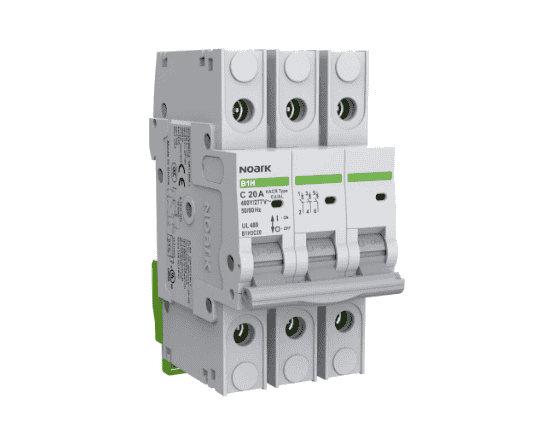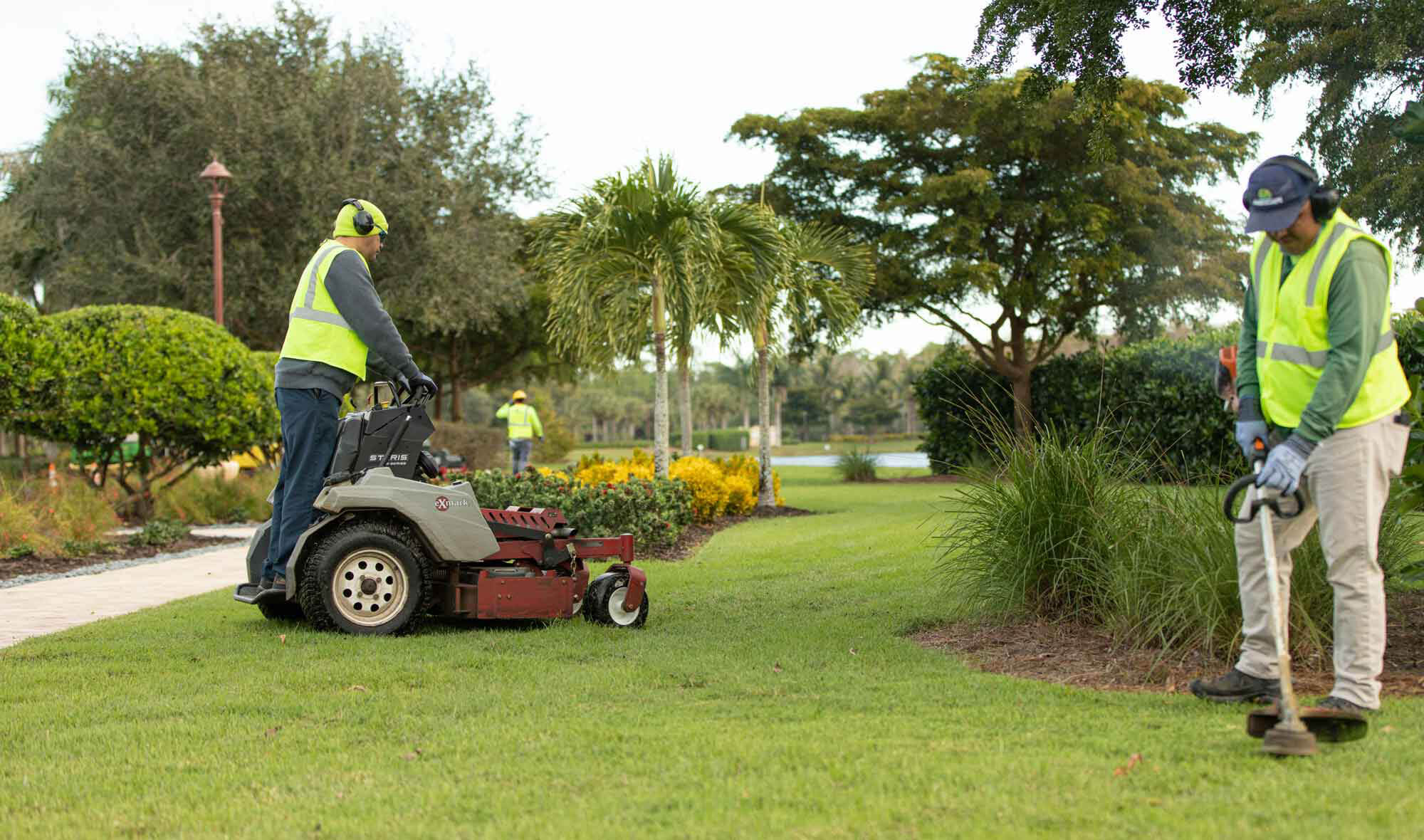Flat roofs are a popular choice for both residential and commercial buildings due to their sleek, modern appearance and space-saving design. However, while flat roofs offer many benefits, they also come with unique challenges. Flat roofs are more prone to certain issues like pooling water, leaks, and damaged membranes. If you’re a property owner dealing with flat roof problems, you know how important it is to address issues quickly to prevent more extensive damage.
In this guide, we’ll explore essential tips for flat roof repair Houston TX, covering common issues like TPO roof repair, modified bitumen roof repair, and general maintenance for commercial metal roofing systems. By following these tips, you can ensure a quick fix and a lasting solution for your flat roof.
Why Flat Roofs Need Regular Maintenance
Flat roofs, despite their popularity, require more frequent inspections and maintenance compared to sloped roofs. Water tends to accumulate more easily on flat surfaces, leading to issues like leaks and deterioration of roofing materials. Regular maintenance and timely repairs are key to preventing significant damage and extending the lifespan of your roof.
Here are some common reasons why flat roofs need regular repair:
• Water Pooling: Flat roofs are prone to water accumulation, especially if the drainage system is clogged or damaged. Standing water can weaken the roofing material and cause leaks.
• Punctures and Cracks: The membrane that protects the roof can develop cracks or punctures from debris, extreme weather, or foot traffic.
• UV Exposure: Flat roofs, particularly those made of materials like TPO and modified bitumen, can degrade faster when exposed to prolonged sunlight without proper protection.
Now let’s dive into some essential tips for addressing these issues and effectively performing flat roof repairs.
1. Inspect Your Roof Regularly for Early Detection
The first step in ensuring a quick fix for any flat roof problem is early detection. Regular roof inspections help identify minor issues before they escalate into larger, more costly repairs.
Tips for Inspecting Your Flat Roof:
• Check for Visible Damage: Look for cracks, punctures, or loose seams. Any visible damage should be repaired promptly to avoid water infiltration.
• Look for Water Pooling: After rainstorms, inspect the roof for areas where water might be pooling. Standing water can cause long-term damage if not addressed quickly.
• Inspect Flashing and Seals: Ensure that the flashing around chimneys, vents, and skylights is intact and sealed. Damaged flashing can lead to leaks.
If you notice any of these signs, it’s time to perform flat roof repair. If left untreated, issues like pooling water can lead to more serious problems like rotting, leaks, and mold growth.
2. TPO Roof Repair: Fixing Leaks and Tears
TPO (Thermoplastic Olefin) is a popular roofing material used on flat roofs, especially for commercial properties. It is known for its durability and resistance to UV rays, but like any roofing material, it can develop issues over time. Common problems with TPO roofs include tears, punctures, or seams coming apart.
How to Fix TPO Roof Leaks:
• Clean the Area: Before starting repairs, clean the damaged area of any debris, dirt, or moisture. This will ensure proper adhesion of repair materials.
• Patch Small Tears: Use a TPO roofing patch and adhesive to cover small tears or punctures. Simply apply the adhesive around the damaged area and press the patch into place.
• Re-seal the Seams: If you notice the seams separating, use a TPO seam adhesive to re-seal them. Properly sealed seams are crucial for keeping water out.
TPO roof repair is typically a straightforward process for smaller issues. However, if the damage is more extensive, it may be time to consider replacing larger sections of the roofing membrane. Always consult a professional for significant damage.
3. Modified Bitumen Roof Repair: Fixing Cracks and Leaks
Modified bitumen roofing is another common material used for flat roofs, especially on commercial properties. While it’s known for being durable, modified bitumen can still develop cracks or leaks, particularly in areas that experience extreme weather conditions.
Steps for Modified Bitumen Roof Repair:
• Inspect for Cracks: Modified bitumen roofing can develop cracks due to temperature fluctuations or poor installation. These cracks should be patched immediately to avoid water infiltration.
• Apply Sealant: For smaller cracks, you can apply a specialized modified bitumen sealant to cover the damage. Use a trowel to spread the sealant evenly and ensure a secure, watertight seal.
• Replace Damaged Sections: If large sections of the roof are damaged, it may be necessary to remove and replace the affected materials.
Since modified bitumen is a multi-layer roofing system, it’s crucial to address any damage promptly to prevent leaks from seeping into the building. Regular maintenance, including checking for cracks or damaged seams, can help extend the life of your modified bitumen roof.
4. Commercial Metal Roof Repair for Flat Roof Systems
Commercial metal roofing systems, though typically not flat, are often used in combination with flat roof designs, especially for industrial or commercial buildings. Metal roofs are highly durable, but they can experience issues such as rust, loose fasteners, or damage from severe weather.
How to Perform Commercial Metal Roof Repair:
• Check for Rust: Rust is one of the most common issues with commercial metal roofing systems. Scrape away the rust and apply a rust-resistant coating to prevent further corrosion.
• Tighten Loose Fasteners: Loose fasteners can cause the roof panels to shift, leading to leaks. Tighten any loose screws and replace any fasteners that have rusted or broken.
• Seal Leaks: If you find any cracks or holes, use a high-quality metal roof sealant to cover the damage. For larger leaks, consider replacing the affected panels.
Regular inspections of your commercial metal roofing system can help you spot these issues before they lead to costly damage.
5. Maintain Proper Drainage to Prevent Pooling Water
One of the most common causes of flat roof damage is poor drainage. If water pools on your flat roof, it can lead to structural damage, leaks, and deterioration of the roofing material. To prevent this, make sure your drainage system is functioning properly.
Tips for Maintaining Roof Drainage:
• Clean Gutters and Drains: Ensure that all gutters and drains are free of debris, which could cause water to back up and pool on the roof.
• Check for Blocked Downspouts: Blocked downspouts can also contribute to pooling water. Make sure that all downspouts are clear and flowing freely.
• Inspect Slope and Drainage Channels: Your roof should have a slight slope to encourage water runoff. Inspect the roof for any areas where water might collect.
By maintaining proper drainage, you can reduce the risk of water pooling, which will extend the life of your flat roof and reduce the need for repairs.
Conclusion
Proper flat roof repair is essential for ensuring the longevity and functionality of your roof. Whether you’re dealing with TPO roof repair, modified bitumen roof repair, or commercial metal roof repair, addressing issues early can save you significant time and money. Regular inspections, proactive maintenance, and swift repairs are key to keeping your flat roof in good shape.
By following these essential tips and maintaining your roof’s drainage system, you can avoid costly damage and ensure a lasting fix for your flat roof. If you’re unsure about how to handle more complex repairs, don’t hesitate to contact a professional roofing contractor to get the job done right. commercial gutter repair Houston TX


